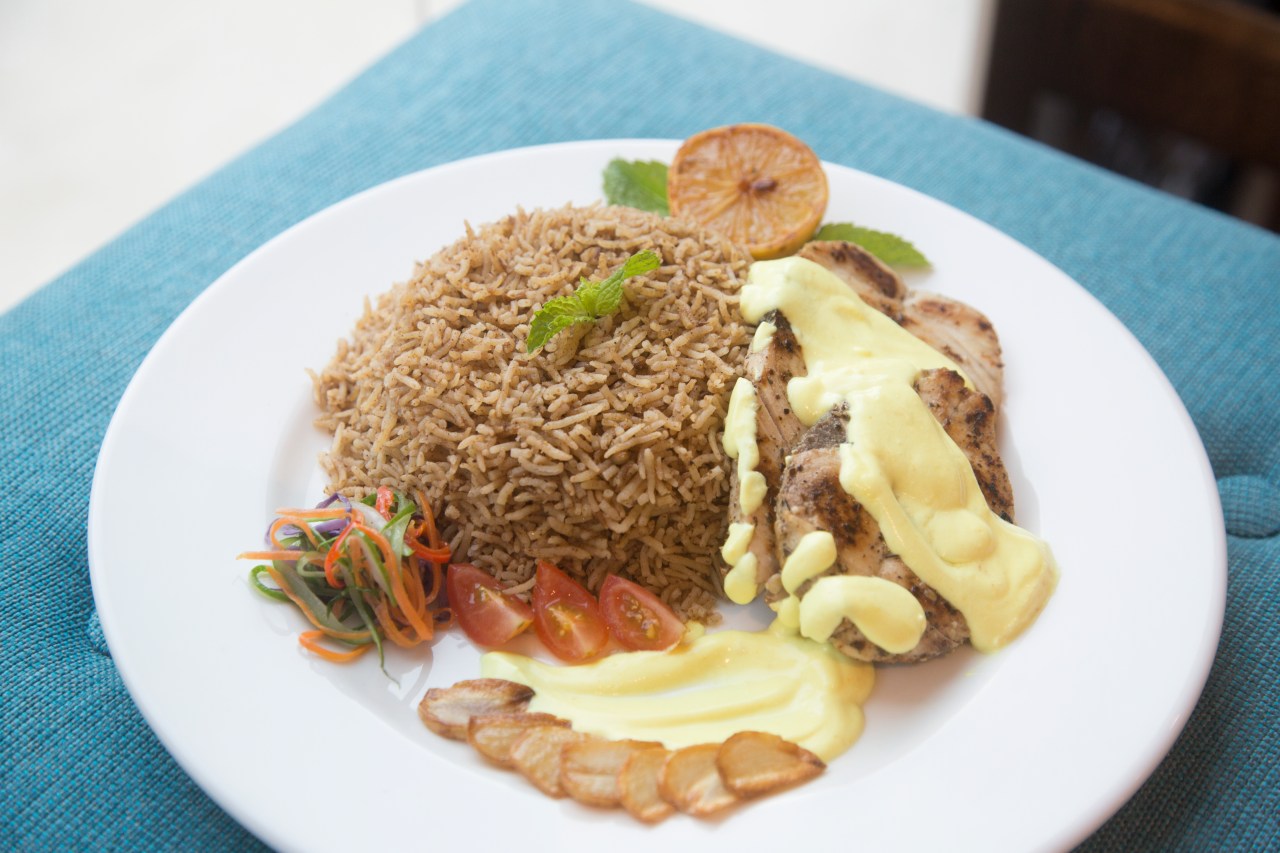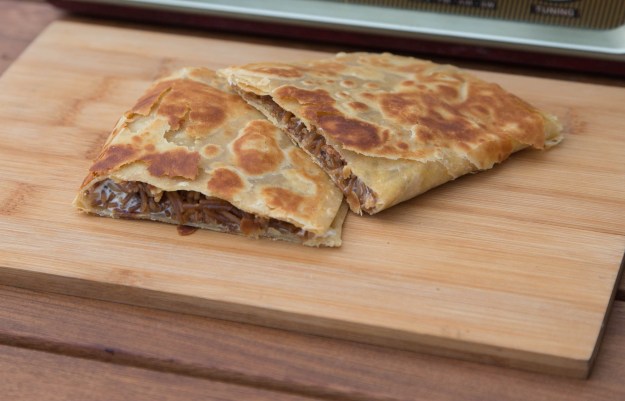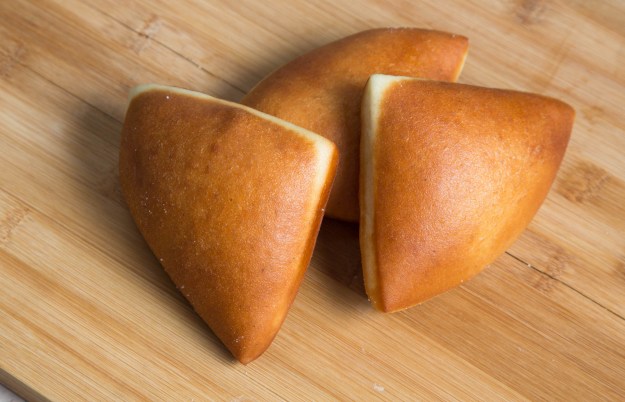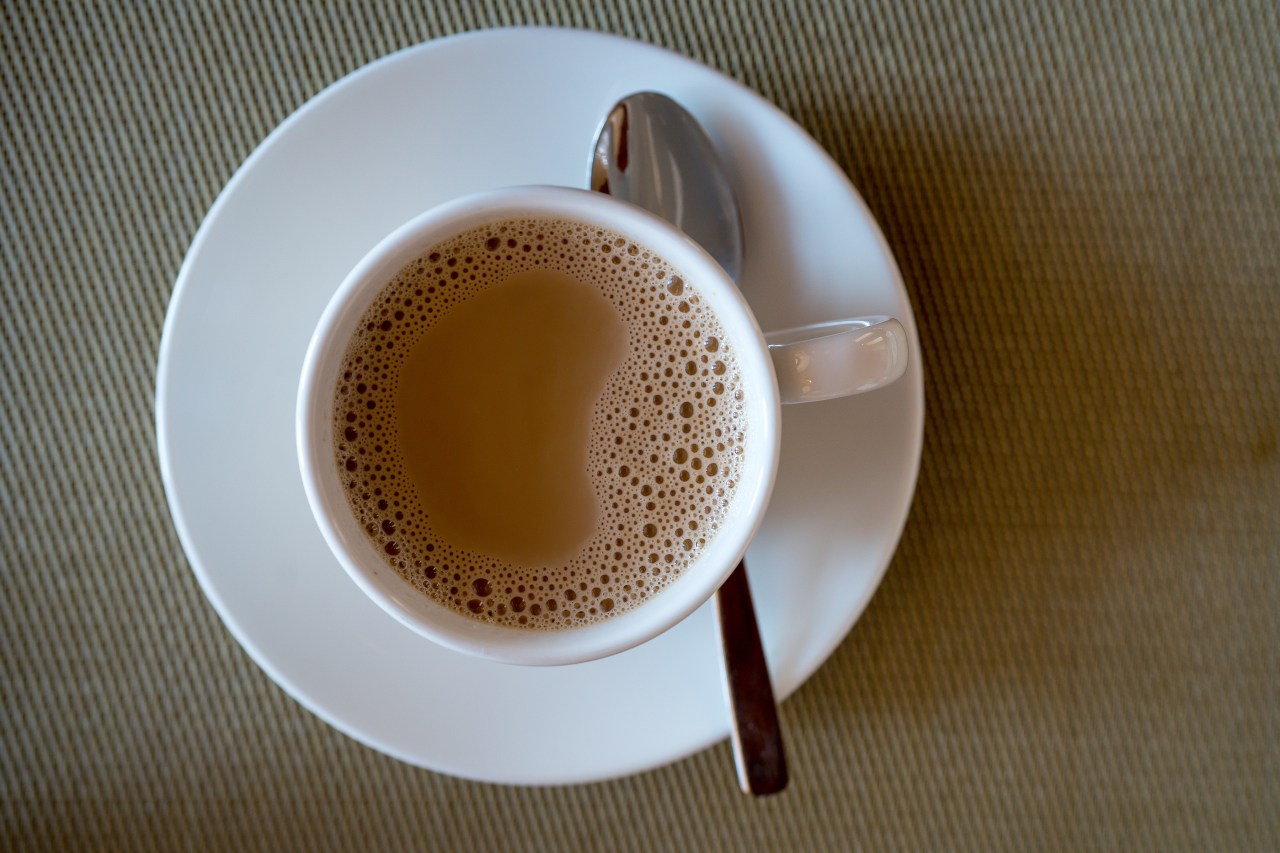Cooking in Oman has evolved tremendously in the decades since the renaissance. More and more, locals stray from traditional recipes and cook Western dishes. Still, Omani basmati, breads, and beverages continue to form the cornerstone of most Omanis’ daily diets. Here’s what you need to know as you eat your way through Oman.
Basmati (Rice)
In Oman lunch is the most important meal, and rice is its main dish. But really, basmati is so much more than rice. It is the most elegant and graceful of the cooked- or steamed-rice family. Every grain stands out individually, long and proud. The fragrant granules have a uniquely tender texture. Basmati is delicious enough to be eaten on its own, but it is usually consumed with a curry or protein.
Masoor dal
Dal, or red lentils, are often served with basmati, but they don’t necessarily need to be eaten as a separate dish. You can add red lentils to steamed basmati rice to give it a distinctive flavor.
Kabuli chicken
This Afghan bowl of awesomeness crossed borders to find its way into Omani hearts. The broth-infused rice with chicken and lentils is drenched in spices, including cardamom, garlic, clove, cinnamon, coriander, cumin, and cayenne. The savory rice is topped with fried chicken and yellow split peas—chana dal. All the components are prepared separately, then tossed together.

Maqboos
Similar to the Indian biryani, Omani maqboos uses fresh tomatoes, red onions, meat, and spices to transform basmati rice into a rich, rust-colored bowl of heaven. And you can’t serve maqboos in just any ordinary dish. In Oman it is usually served in a beautiful hand-painted clay or copper bowl with a cone-shaped lid.
Zanzibari biryani
The first time I ever tasted Zanzibari biryani, I kept searching for what made it taste different than any biryani I had tried before. Finally I realized that it simply tasted fresher. The secret behind that flavor is not just fresh ingredients, but finishing the rice with rose water and fresh mint. The rice is layered with panfried chicken and thick masala paste, which gives it a cakelike feel. I’ve tried eating the layers separately, only to realize that it’s better when mixed and mashed with your fingers.
Breads
One of my greatest discoveries in Oman was the wealth of bread variations, each of which complements the main dish distinctly yet is flavorful enough to stand on its own. The three below are the tentpole options—and my favorites.
Khubz ragag
To my knowledge, this is the only bread served with rice. Thin and crispy, it is a simple mixture of flour, water, and salt, and it is a delight to watch it being prepared. Omani women squat near a gas stove, pressing the dough on the tawa (flat pan) briefly before using a thin, flat instrument to flip it off.
Maldouf
The first time I ate maldouf was in a restaurant called Habbo (Grandmother), inspired by the owner’s grandma’s recipes. Similar to Indian chapatis, but with a sweet twist from the date syrup, maldouf was a staple breakfast dish in their household. It’s so delicious that I often eat it by itself, but I recommend trying it with a spicy curry that will complement its gentle sweetness.


Mandazi
A Zanzibari friend introduced me to the world of mandazi recently when he brought plates of breads to work. His mother, like many Omani women in Zanzibar, had learned the art of making puffy, fried breads. The different kinds of mandazi are said to have originated from parts of East Africa, including Burundi, Tanzania, and Kenya. Many women prefer making the triangular cardamom pockets called mahamris, and they are what you find most often in shops and restaurants. But the diamond-shaped sugary mandazi are perfect for eating on the go.
Beverages
At times Mountain Dew can seem like the national drink of Oman. After a game of football, during shisha, or even while at work, many young Omanis’ hands are holding a can. Vimto, a sugary syrup mixed with water, is another sweet drink popular during Ramadan. But long before soda, Oman was a coffee country, and it remains so today. Traditional Arabic coffee is consumed across the region and plays a vital role in hospitality, traditional gatherings, and casual socializing. Of late karak chai (tea) shops are gaining popularity in Oman. Now you will often spot a crowd of people waiting at small tea stalls while a lucky few sit on plastic chairs outside.
Kahwa

Traditional Omani coffee, or kahwa, is made with lightly roasted beans, cardamom, and rose water. It is usually served in a finjaan, a tiny cup that comes with the kahwa kettle, and is best accompanied by dates and sweet Omani halwa, as the coffee itself is strong and bitter. A symbol of good hospitality, it is served as a welcome drink when you enter households, hotels, or any traditional Omani setting and is a must at a majlis (gathering area or meeting place). Understanding kahwa etiquette in Oman is also important, to avoid being disrespectful. If you give an empty kahwa cup to the server, they will refill it and return it to you. This could go on for hours. Instead, shake the cup slightly to signal that you’re done.
Karak chai
The Indian community is the largest immigrant group in Oman. It runs vast business empires as well as tiny stalls throughout the Sultanate, importing elements of Indian culture, which the locals accept and love. One of these is karak chai. This creamy tea is made with plain or condensed milk and spices such as cardamom, cinnamon sticks, and ginger. You can choose from various additional flavors, such as mint and saffron. In the karak chai stalls, you will find interesting snacks that go well with chai, such as rachels, the Omani version of crepes.